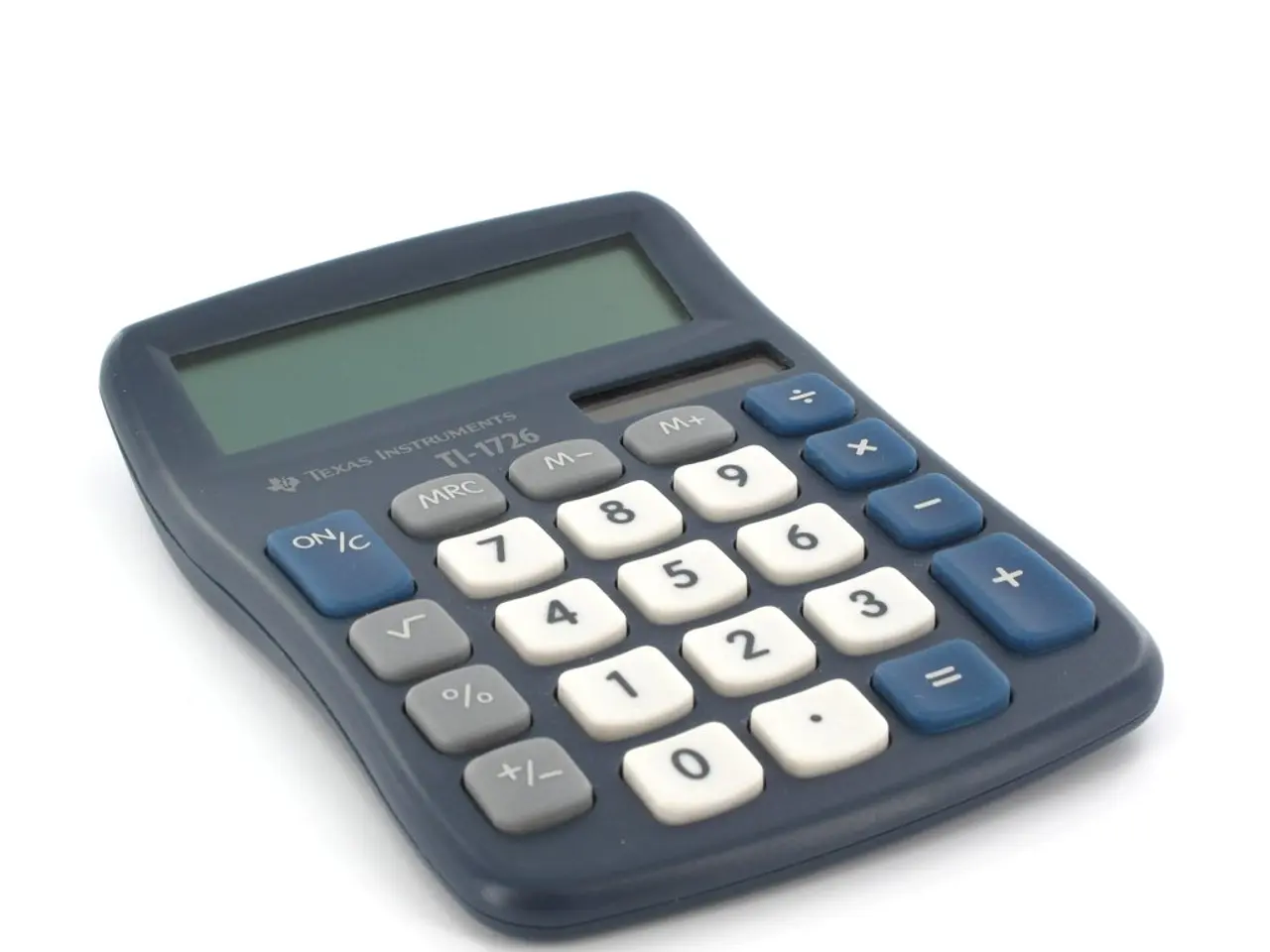Quick Tips and Hacks for Percentage Calculations
In the realm of mathematics, understanding and solving complex percentage problems is a crucial skill. Here, we delve into eight effective strategies and techniques that can help you tackle these challenges with ease and accuracy.
- Breaking Down the Problem and Using Fractional Equivalents: Convert percentages into simple fractions, such as 25% as 1/4, to simplify calculations and use ratio reasoning to find missing values quickly.
- Doubling and Halving Strategy: For percentages like 5%, 10%, 20%, and 40%, find 10% of the number and then half or double it as needed. For example, 20% is double 10%, and 5% is half of 10%.
- Rounding and Approximation: Round numbers to near easy-to-calculate values for quick mental estimates, then adjust if necessary. For example, estimating 19% of 47 by rounding to 20% of 50 simplifies mental math.
- Memorizing and Applying Percentage Formulas: Use key formulas such as Percentage = (Part/Whole) × 100 to speed up complex calculations and reduce errors.
- Practice Mental Math and Shortcut Multiplications: Strengthen mental calculation skills such as multiplying by factors like 1.5 for 50% increases or 0.8 for 20% decreases, allowing quick adjustments without paper.
- Using Percentage Increase/Decrease Approaches: Calculate the percentage amount first and then add or subtract it from the original value to quickly find the new value after increase or decrease.
- Analyzing Past Problems for Patterns: Familiarity with common exam questions helps identify shortcuts and commonly used tricks.
- Timed Practice and Gradual Difficulty Increase: Regular timed drills improve speed and accuracy, essential for quick problem-solving under exam pressure.
By combining these techniques—converting percentages to fractions, strategic doubling/halving, rounding for estimation, memorizing formulas, and practicing mental math—you can enable faster and more accurate solutions of complex percentage problems. Prioritize consistent practice to internalize these methods effectively.
Additionally, it's important to note that the net percentage change in total revenue when a price increases and demand decreases can be calculated using the formula: Net percentage change = a - b (where a is the percentage increase in price and b is the percentage decrease in demand).
With these strategies at your disposal, you're well-equipped to conquer even the most intricate percentage problems with confidence and precision. Happy calculating!
- Integrating Fractional Equivalents and Education-and-self-development: Use the knowledge gained from converting percentages into fractions to aid in understanding complex mathematical concepts, thereby enhancing your mathematics education.
- Trie Technique for Learning and Math Problems: Create a 'trie' (a tree-like data structure) to store and organize common percentage problems, related strategies, and solutions for efficient retrieval during studying and practice sessions in education-and-self-development.




